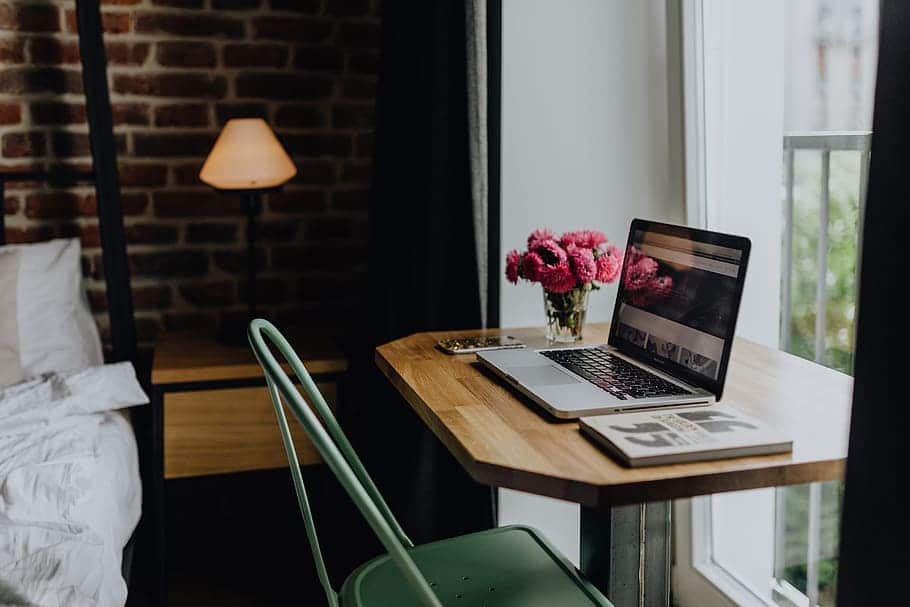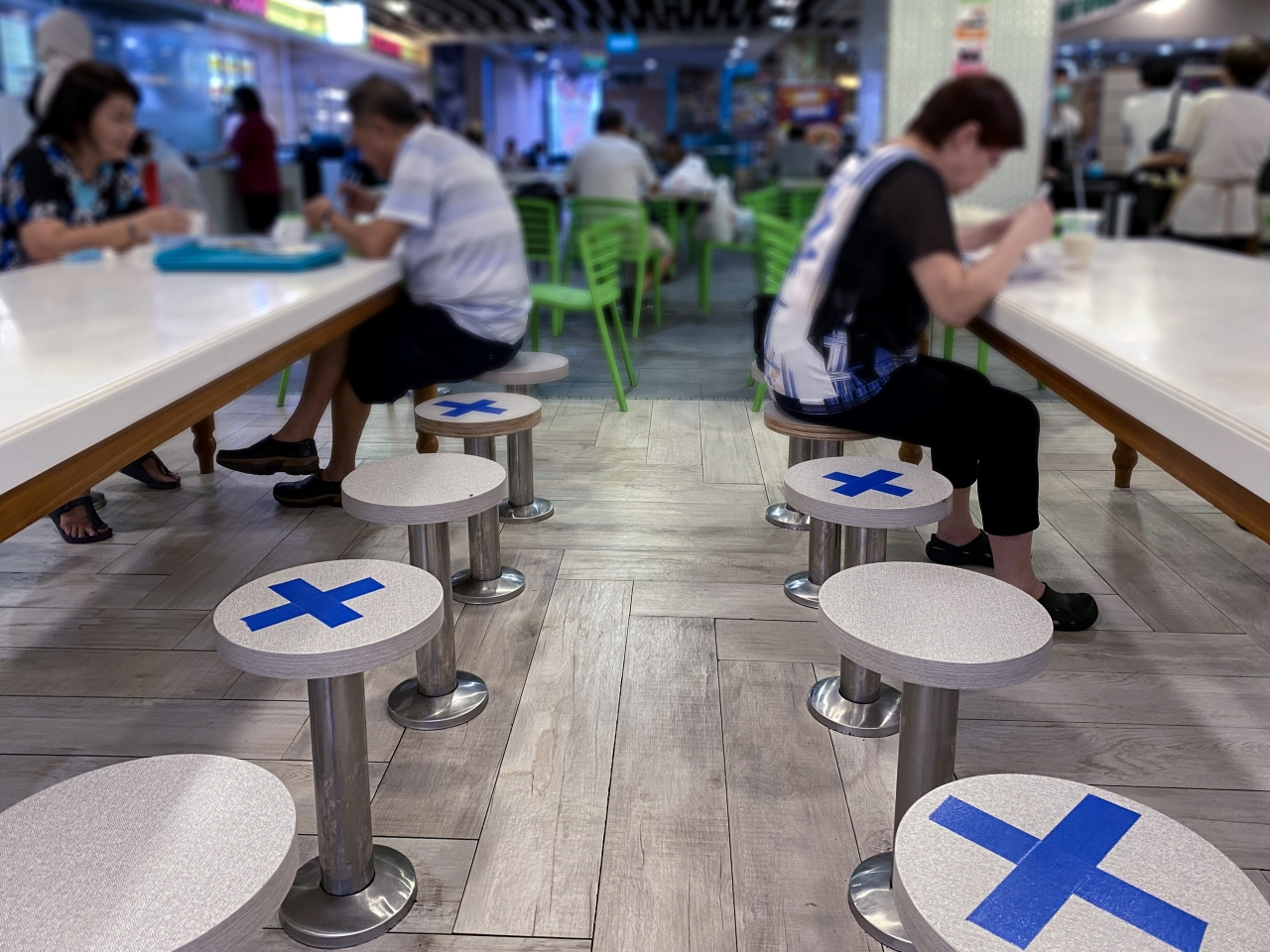Impacts of Pandemics on Architecture

Article By: Alex Fite-Wassilak
At TSW, not only have we been considering the impact of the Covid-19 epidemic on planning and landscape architecture as noted in our past blog posts, but due to our interdisciplinary nature we have also been considering Impacts of Pandemics on Architecture. As noted in our earlier posts, there is a pretty direct link between the built environment and sanitation, especially in the last 100 or so years, when diseases like tuberculosis, cholera, and typhoid had impacts on the types of spaces desired – characteristics that should seem familiar to those who appreciate modern architecture. The use of large windows to let in light, the use of tile and other easily cleanable materials, as well as the use of white were all used to contribute to better sanitation and a feeling that spaces were clean. However, these characteristics were not always grounded in solid science nor was their intent carried through as some of those diseases became less prevalent in many affluent countries. With the immediate impacts of the novel coronavirus being felt medically and socially throughout the world many are remembering or rediscovering some of the lessons from earlier times, and maybe even viewing them through a new lens.
We are not fortune tellers, but given the scale of the problem, we feel that there is likely to be some long-standing impacts of the virus on the way we think about, occupy, and design spaces. Our ideas are informed by conversations we have had with clients, colleagues, and consultants, as well as many articles we have read about the subject. Here are some of our educated guesses:
In general:
- More transitional spaces between the public and private realms such as porches or stoops that allow for safe interactions at an appropriate distance.
- Many more touchless buttons and interfaces – on elevators, doors, thermostats, anything you touch. These could be relatively low-tech items you use with your foot or forearm, or potentially higher-tech versions where they are motion-sensitive or self-sanitizing.
- More public hand washing and hand sanitizing stations – could these be the new public water fountains?
- Use of more virus-resistant materials such as copper and its alloys or natural materials like wood, especially in items that need to be touched (both have shown lower virus-survivability times than plastic or steel).
- Increased attention to sanitization procedures and how floor plans and building and furniture materials can adapt to make it faster or more effective.
- More spacing between building occupants or elegant ways to demonstrate appropriate social distancing through color or texture.
- More consideration of deliveries and minimizing interaction – these could be as simple as a lockable box, but could potentially include refrigeration, or built in sanitization depending on the application.
- Increased interest in reducing air recirculation or increased air filtration since there is at least a fear that the novel coronavirus may spread in droplets around buildings.
- More thoughtful design of bathrooms regarding touch – there are some tensions between being space efficient with avoiding touch, but our guess is that for the time being there will be more emphasis on avoiding touch. Along those line, hand dryers may be far less prevalent as there is increased worry that they may be spreading viruses around.
Residential:
- More home offices or home office stations. These may not be much, but dedicated space to work remotely is likely to be a strong consideration. In some cases possibly a small or dual-duty tele-conference rooms. In multifamily development we may see some smaller co-working spaces built as an amenity.
Restaurants:
- Restaurants have been some of the hardest hit retail spaces. We believe that there will be more emphasis on takeout or short-term standing spaces, and that dine-in will dwindle. Some may try to design for some flexibility to adjust in the future, while others may just operate as ‘ghost kitchens’ where they cook only for delivery.
Offices:
- Increased impetus to decentralize work environments including an increased consideration of tele-working when designing workplaces.
- Fewer wide-open floor plans – especially in offices. There will likely be some creative furniture arrangements to disrupt direct ’line-of-transmission’ between users of a space.
- Less in-person meetings – at least over the long run, we may see a temporary bump because of the novelty of doing it after being isolated for so long!
- More and better digital collaboration, and new technologies that make it more seamless and fun.








